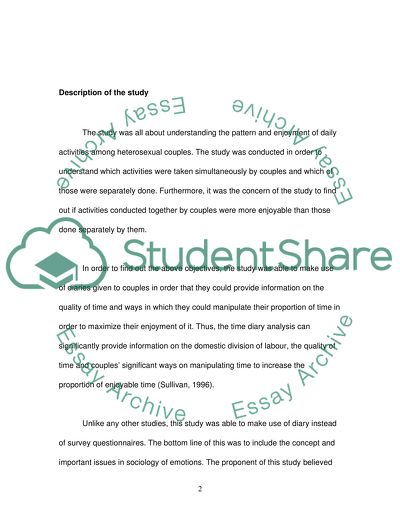Cite this document
(“Statistical Foundations Essay Example | Topics and Well Written Essays - 2250 words”, n.d.)
Retrieved from https://studentshare.org/environmental-studies/1406270-statistical-foundations-essay
Retrieved from https://studentshare.org/environmental-studies/1406270-statistical-foundations-essay
(Statistical Foundations Essay Example | Topics and Well Written Essays - 2250 Words)
https://studentshare.org/environmental-studies/1406270-statistical-foundations-essay.
https://studentshare.org/environmental-studies/1406270-statistical-foundations-essay.
“Statistical Foundations Essay Example | Topics and Well Written Essays - 2250 Words”, n.d. https://studentshare.org/environmental-studies/1406270-statistical-foundations-essay.


